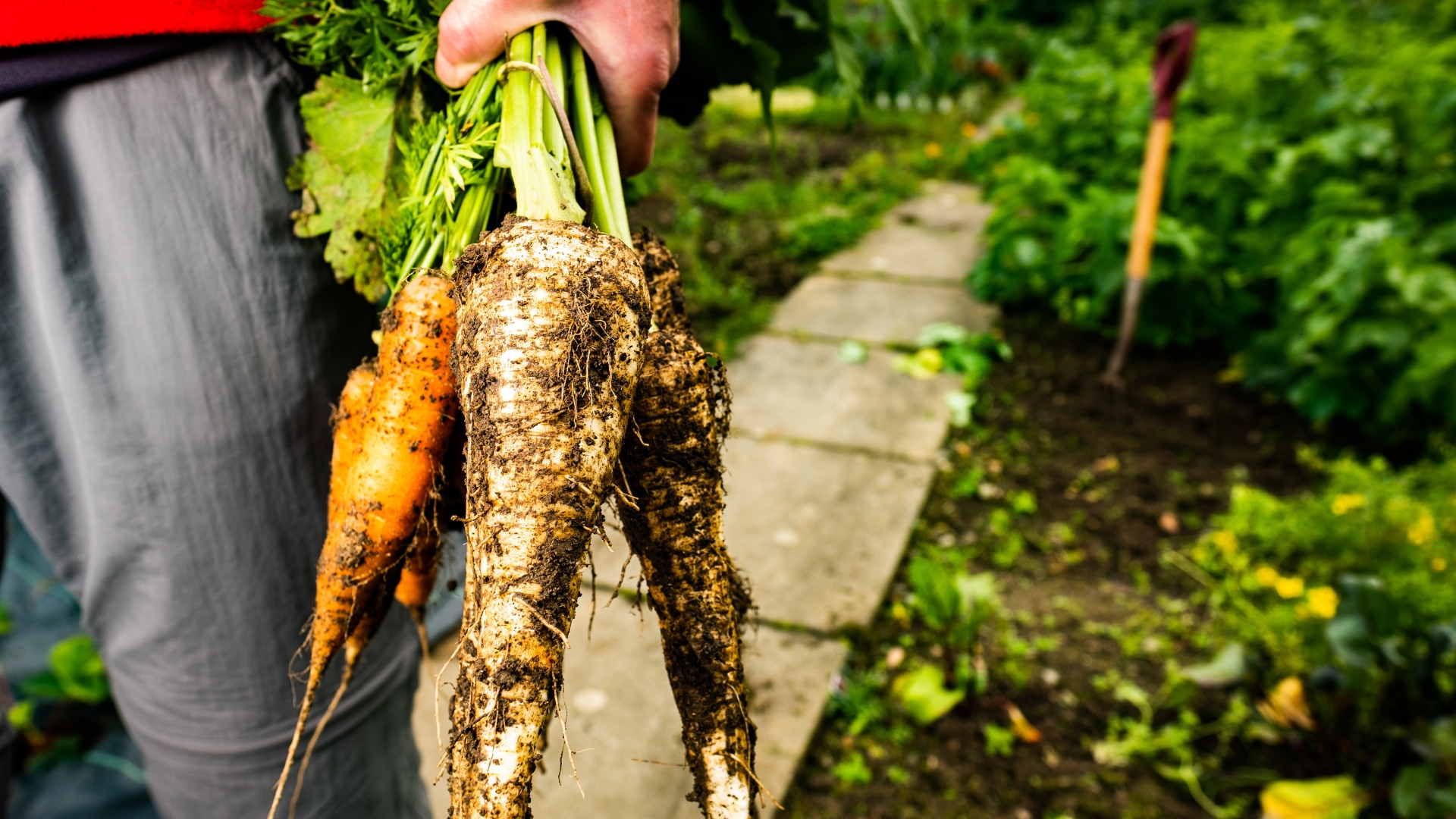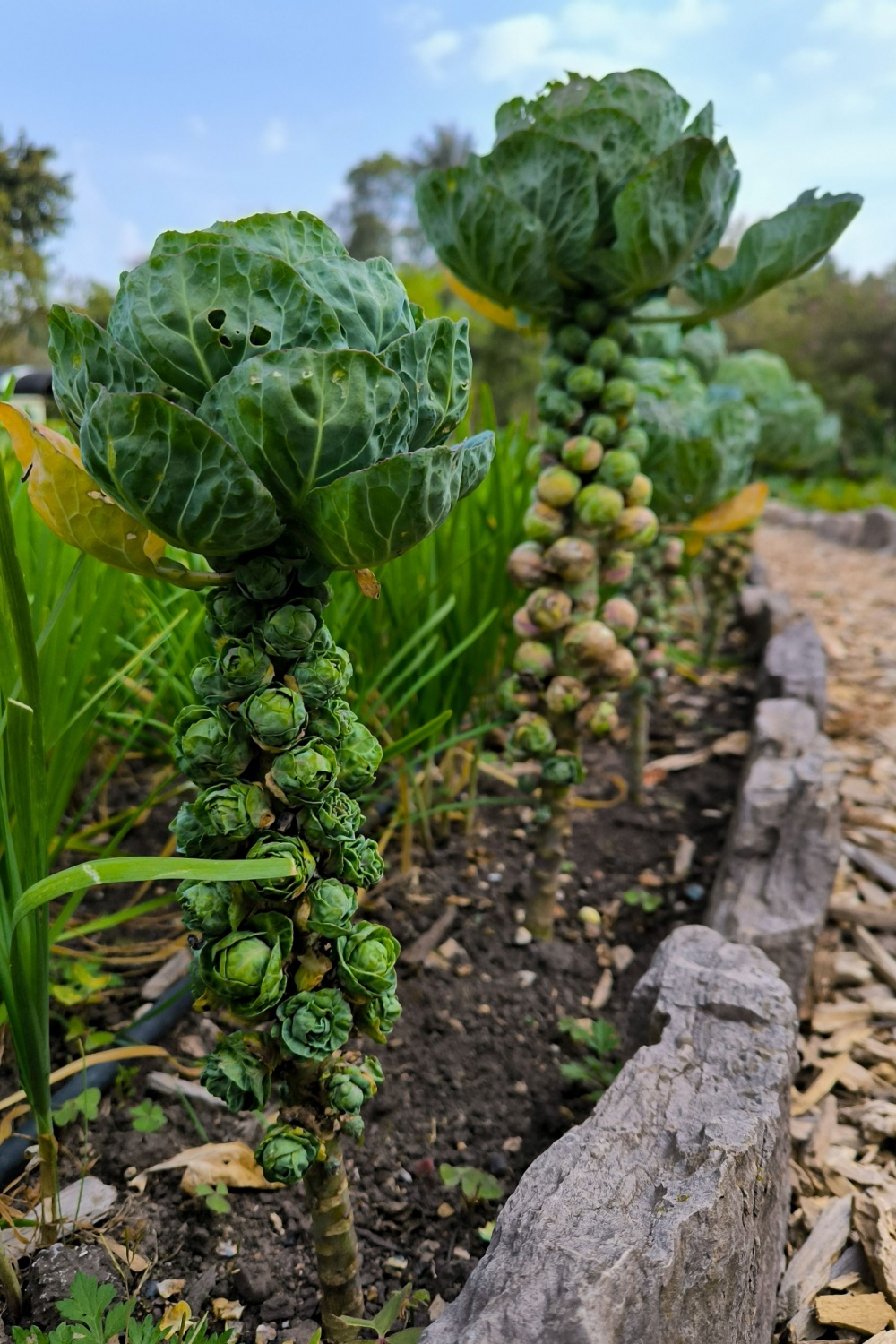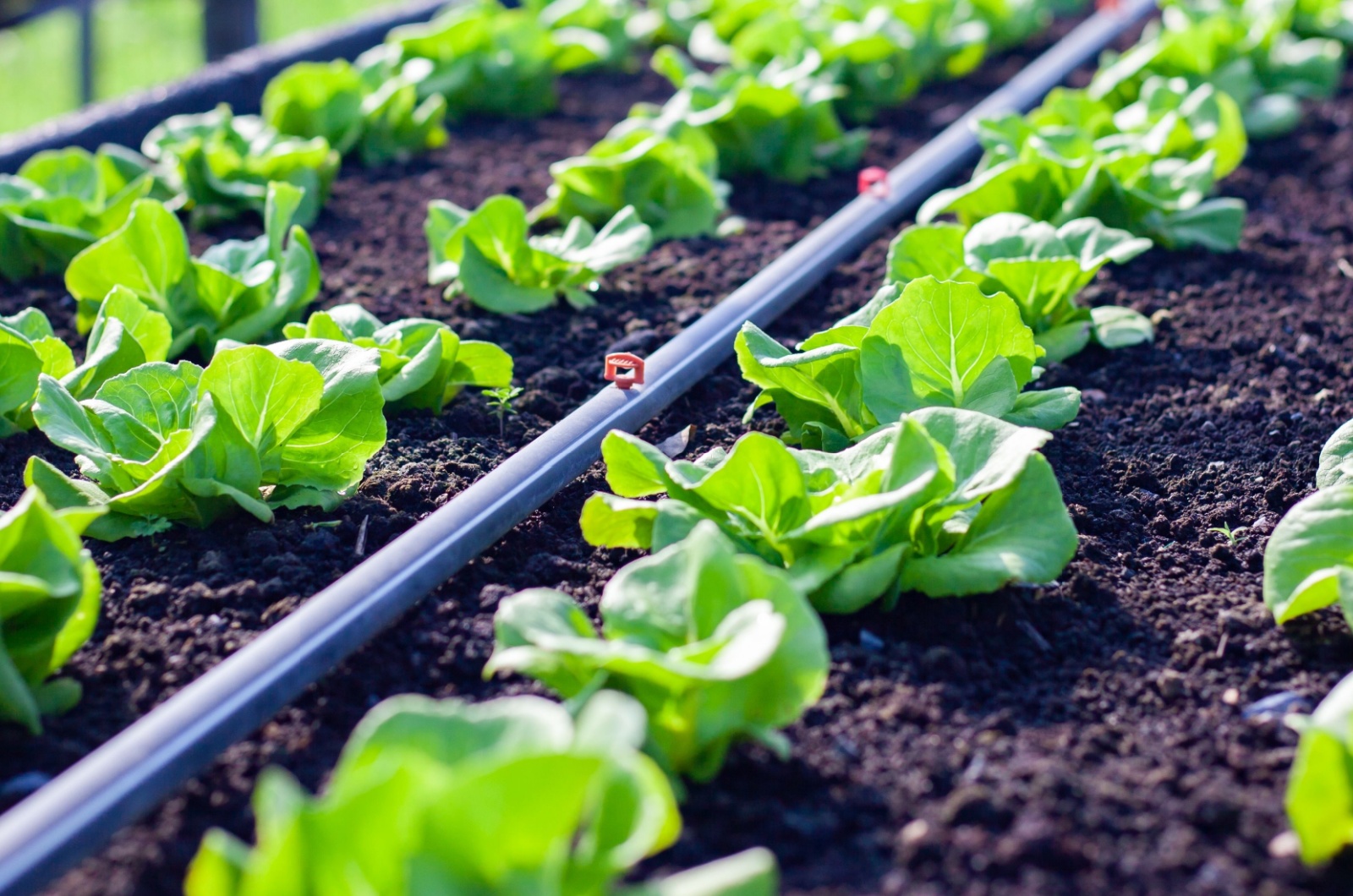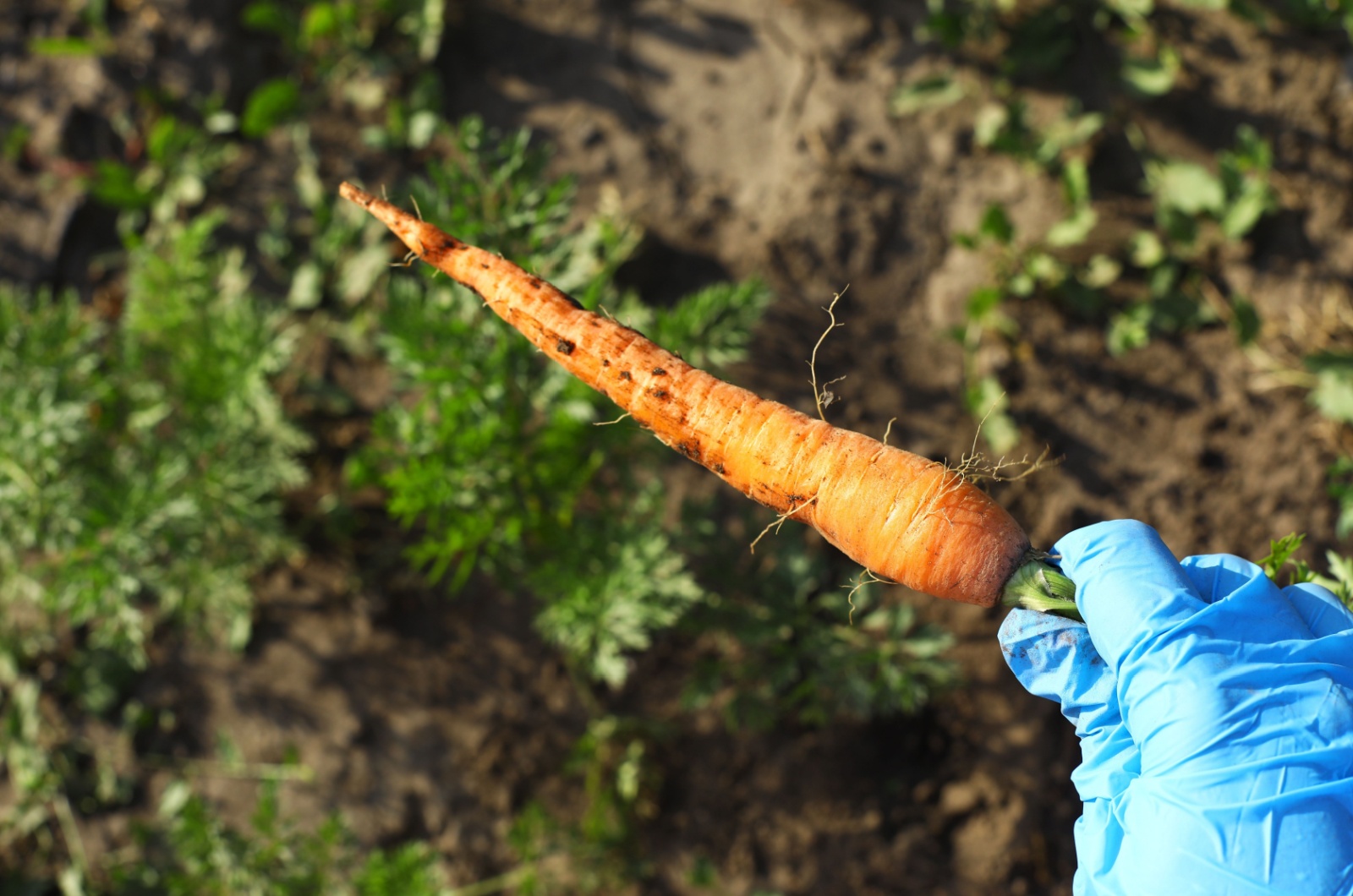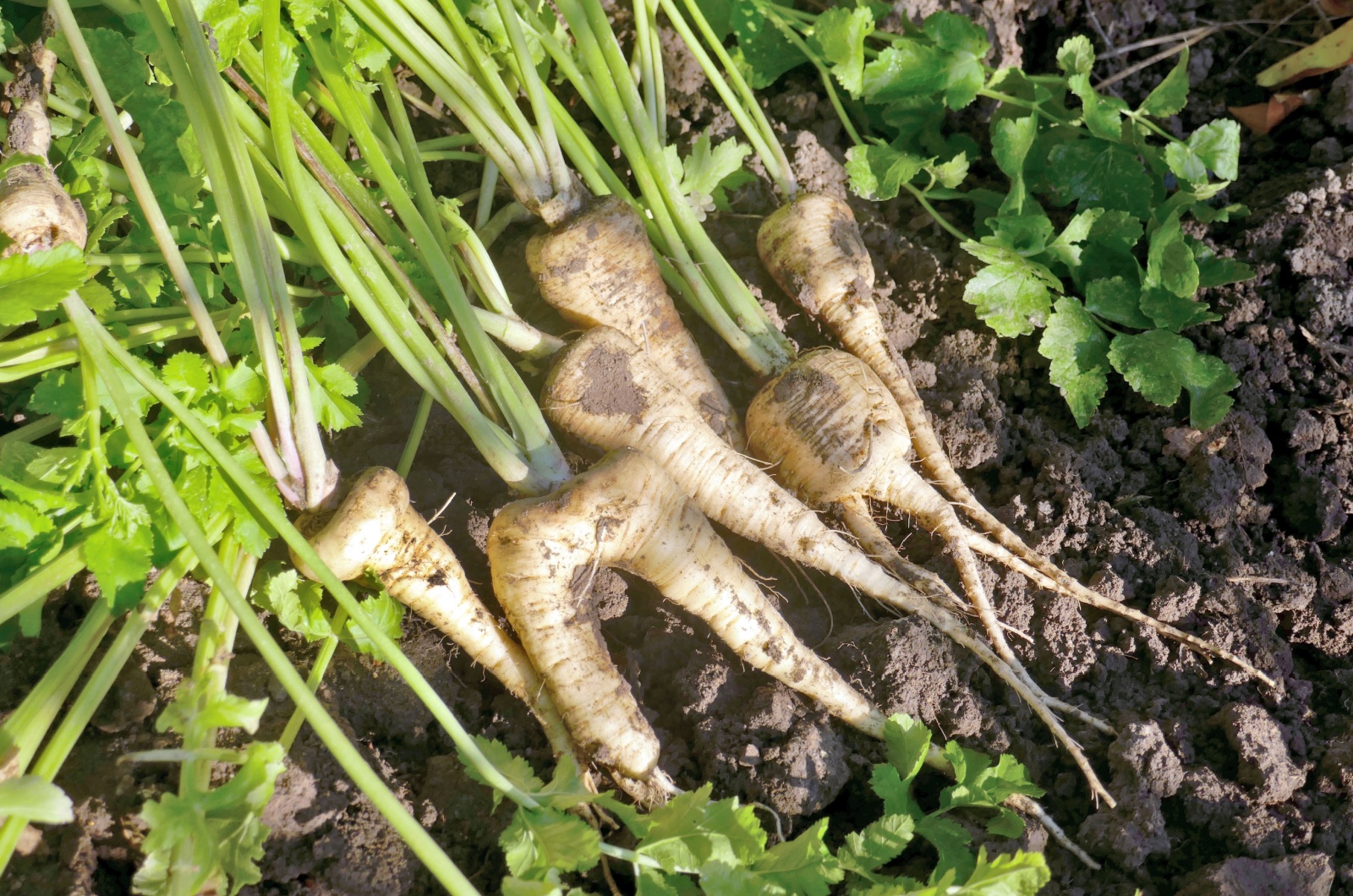I know all you gardeners out there are a bit sad because your gardens will soon be ready for harvest and a long-deserved break.
That’s exactly how I felt until I started my fall garden a few years ago. And the best decision was to use raised beds instead of standard planting sites. It prolonged the season and I enjoyed delicious homegrown crops deep into the cooler months.
The tricky part, however, was selecting the vegetables that could withstand lower temperatures.
Well, this is your lucky day because I’ll spare you trouble and show you which veggies thrive in fall gardens when planted in raised beds!
1. Anyone For More Cabbage?
Cabbage takes a bit longer to mature but I think it’s worth waiting. The thing is that the time for planting cabbage may depend on the variety you want to grow.
Luckily, there’s a variety that grows perfectly in fall temperatures. It’ll grow great as long as the temps are somewhere between 45 and 75 degrees Fahrenheit.
Believe it or not, even temperatures as low as -20 degrees won’t affect your cabbage much.
It takes approximately 80-100 days for this cruciferous veggie to mature, so I highly recommend starting it indoors about a month before putting them in raised beds. This will ensure a perfect head start and a bountiful harvest later in the season!
2. Brussels Sprouts Prefer Cooler Temperatures
These are the veggies you either love or hate, nothing in between. If you belong to the first group, you’ll be happy to hear that summer doesn’t mean the end of homegrown Brussels sprouts.
They’ll grow well and produce an abundance of delicious crops as long as the temperature range is between 45 and 80 degrees.
The end of summer is around the corner, so it would be best if you sow the seeds indoors right now. As soon as the seedlings are a few inches tall, you can transplant your Brussels sprouts into your raised beds.
When harvesting these tasty veggies, wait until heads are about 2 inches in diameter and always start harvesting from the bottom.
3. Spinach For Everyone!
Cooler fall temperatures don’t stand a chance against spinach! You can harvest it year-round as long as you continuously sow the seeds.
It’s true that spinach is dormant during harsh winter temps, but it’ll wake up as soon as spring arrives.
If you don’t want this scenario, simply cover your raised beds with clear plastic.
4. Greens Thrive In Fall Gardens
And here are probably the most popular group of veggies in fall gardens. You’ll find turnips and mustard greens in almost every fall garden and there’s a pretty good reason for it.
Their seeds are super easy to sow; simply scatter them over your raised beds, and that’s it!
When harvesting the leaves, always aim for the outer ones and don’t remove more than half of the leaves per harvest.
5. Don’t Forget To Add Carrots
Not many people know that we can sow carrots once we harvest all other crops in late summer. These root veggies typically take 70-80 days to fully mature but don’t worry, frost won’t destroy them.
A few years ago, my carrots were hit by frost and I thought there would be nothing left. Little did I know…
I’m sure you’ll be shocked to learn that carrots hit by a frost or two actually taste sweeter. There’s literally no reason why you shouldn’t plant carrots in your fall garden!
6. It’s Easier To Get Your Cauliflower To Thrive In Fall
You may have already heard that cauliflower isn’t really one of the easy-natured veggies. And that is because we grow it at the wrong time!
This veggie won’t tolerate too high or too low temperatures. This means planting it in the fall brings the best results!
As long as the temperatures are in the 60s, you’ll be rewarded with the biggest cauliflower heads you could ever imagine!
Just make sure you finish harvesting before temperatures drop significantly!
7. Radishes Are An Ideal Choice For Raised Beds
Any impatient growers out there? I have something perfect for you! Radishes are one of the fastest-growing veggies and they need less than a month to mature!
When selecting radishes for your fall garden, you need to be careful with the varieties.
I always grow Long Black Spanish or China Rose and they thrive with little effort.
If you want more radishes after the first fall harvest, you can plant another set and watch them grow deep into winter.
8. Your Broccoli Will Have Fewer Pest Issues In The Fall
Broccoli is another veggie that’ll make an excellent addition to your raised beds this fall.
I have to admit that I get angry every time I see broccoli transplants in garden centers at the beginning of summer. There’s really no need for such early planting; broccoli grows better if temperatures are a bit cooler.
But that’s not the only great thing about growing broccoli in fall gardens. These veggies are frequently bothered by pests but that’s not the case when temperatures are cooler.
9. Lettuce Isn’t Just For The Summer
I have to tell you that my neighbors were very surprised when they saw lettuce in my fall garden.
You might think that it’s a veggie reserved specifically for summer, but that’s not true. Lettuce is susceptible to bolting in high temperatures, so planting it in fall is a great way to avoid it.
When purchasing the seeds, pay attention to how long it takes for that variety to mature. You don’t want frost to hit it and destroy everything you worked so hard for.
10. Your Parsnips Will Taste Better If Exposed To Cooler Temperatures
Here’s another root veggie that thrives in the fall garden. When compared to carrots, parsnips need longer to mature – up to 120 days.
But when it comes to flavor, the same thing happens to parsnips as to carrots when frost hits.
Yes, you guessed it right! They taste sweeter, so you’ll probably be planting them only in fall the next season!
11. And Finish By Planting Parsley
The last veggie you can put in your raised beds this fall is the one and only parsley! This delicious herb grows best as an annual cool-season crop.
You can start it in spring, but from my experience, you’ll get a better parsley harvest if you grow it in fall.
That’s it! Ready for a perfect veggie harvest this fall? Just grow these delicious veggies in your raised beds and you’ll have the longest growing season so far!

